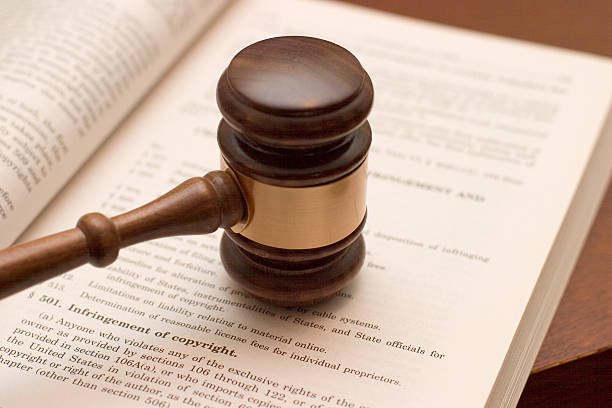Understanding Trademarks in Business
In the realm of commerce, a “trademark” encompasses various identifiers, be it names, phrases, logos, or combinations, distinguishing your goods or services from others’. This distinction holds paramount importance in differentiating your offerings within the market. Here’s a concise breakdown to grasp the essence of trademarks and their establishment.
What Constitutes a Trademark?
For a term or symbol to function as your company’s trademark, it necessitates specific criteria:
- Distinctiveness: Avoid generic or descriptive elements; strive for uniqueness, whimsy, or suggestion.
- Avoiding Conflict: Ensure your mark doesn’t clash with existing trademarks, preventing confusion among consumers regarding the origin of goods or services.
Exclusions from Trademarks
Certain terms fall outside trademark protection:
- Descriptive Marks: Characteristics or attributes describing products or services lack immediate eligibility.
- Generic Marks: Identifying product types rather than specific brands, devoid of trademark protection under the law.
Establishing Trademark Rights
Trademark rights are forged through usage, not solely via registration. Employing “TM” indicates unregistered marks. A registration in the U.S. provides notice of your trademark’s existence and potential rights.
Importance of Trademark Registration
Securing a trademark registration in the U.S. serves dual purposes:
- Notification: Alerts others to your exclusive ownership of a trademark.
- Legal Protection: Offers theoretical rights against potential infringements.
Steps to Obtain U.S. Trademark Registration
- Trademark Search: A comprehensive search ensures no infringement on existing rights.
- Meeting Requirements: Fulfill criteria for registrability, showcasing uniqueness or meeting descriptive mark requirements.
- Application and Costs: Submit an application detailing pertinent information, with associated fees.
- Potential Office Actions: Address any issues highlighted by the Examining Attorney within the application.
- Publication and Registration: Upon a smooth application process, the trademark is published, initiating a potential opposition period.
Enforcing Trademark Rights
Vigilance and legal action against infringers are essential for maintaining exclusive rights to your trademark. Actions include monitoring third-party applications, conducting web searches, and undertaking legal proceedings when necessary.
Next week, we’ll delve into the realm of copyrights and their significance for entrepreneurs.
Remember, safeguarding your trademarks bolsters your brand’s integrity and distinctiveness in the market.


